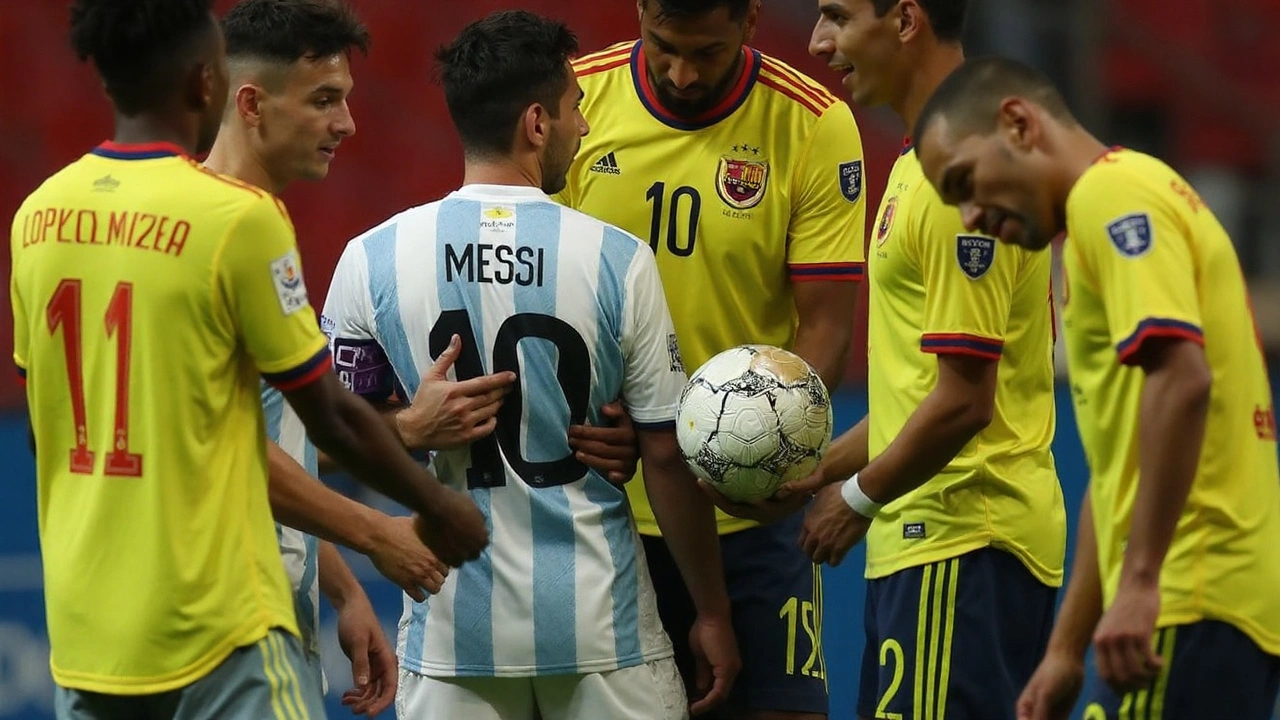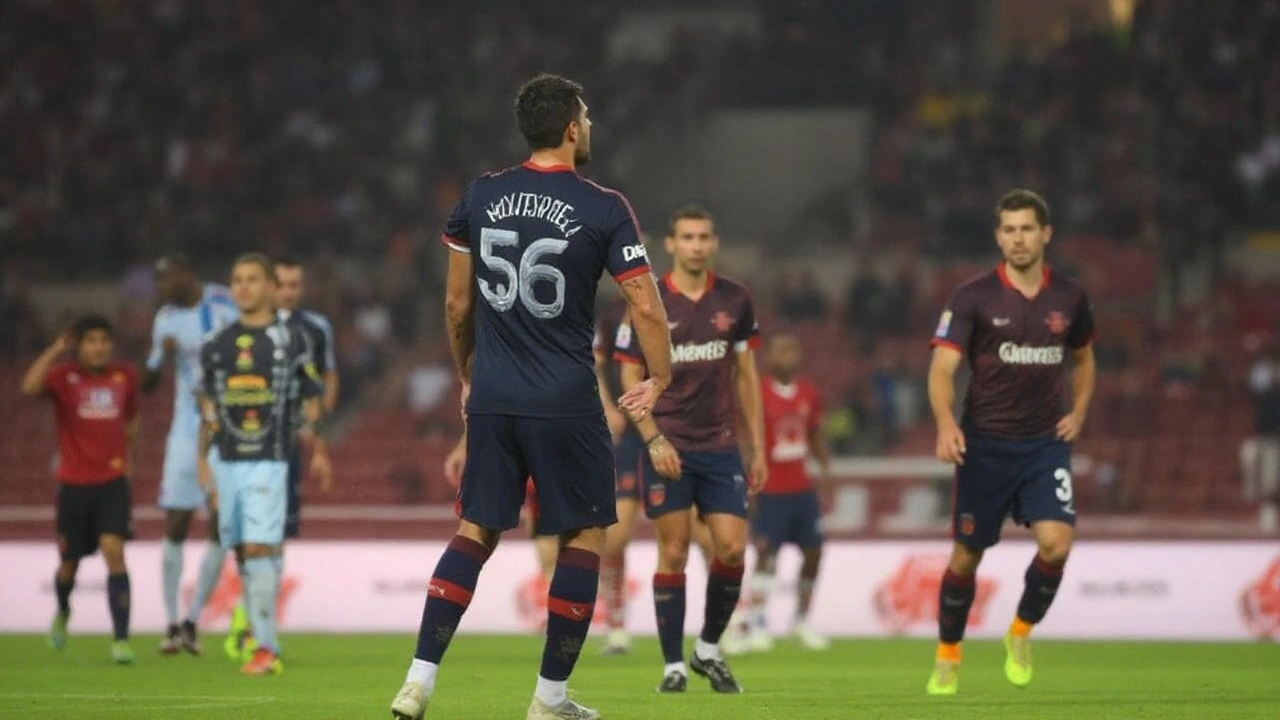For UD Almería, the sight of Luis Suárez sprinting onto the pitch at Vallecas was a relief months in the making. The Colombian striker returned to competitive action against Rayo Vallecano, stepping in on 76 minutes for Choco Lozano and logging roughly 20 controlled minutes. It was his first real run-out since undergoing surgery on January 31 to repair a fractured left fibula.
A carefully managed return at Vallecas
The club had eased Suárez back into the fold over the past week. He rejoined full training with the group, cleared the final checks, and earned a place in Pepe Mel’s squad. Even if he isn’t yet at peak fitness, the coaching staff trusted him with the final stretch in Madrid. The plan was simple: feel the tempo again, test the leg under match stress, and leave on a positive step.
Vallecas is not an easy place to reintroduce yourself—tight lines, noisy stands, and a Rayo side that likes to press. Suárez kept his movements smart rather than flashy, mixing short sprints with quick combinations and a couple of penalty-area darts. This wasn’t about headlines. It was about rhythm, timing, and confidence. After months of rehab, even a single clean acceleration tells the staff plenty about where he is.
Pepe Mel’s choice to use him late fits the medical playbook for a bone injury. Early comebacks are usually capped at 15–25 minutes, with careful monitoring of workload. Expect the next steps to follow that pattern: more minutes off the bench, a gradual ramp-up in intensity, and only then a push to start when he’s ready. The priority isn’t the next game; it’s the next month.
Almería have missed Suárez’s edge. He gives them direct running between center-backs, aggressive pressing from the front, and a clear shot threat in the box. Even without a goal in his return, his presence stretches defenses and frees space for the wingers and the second striker. That tactical ripple effect is part of why the staff were eager to get him back on the grass as soon as the medical team signed off.

From hat-trick high to surgery and back
His route back has been anything but linear. On October 1 at the Power Horse Stadium, Suárez put together a blistering hat-trick against Granada CF, only to fracture his left fibula as the match closed. The initial path was conservative management—rest, protection, and progressive loading. He even made brief appearances in January against Girona CF and then Real Madrid CF. But the discomfort didn’t fully clear, so the decision was made to operate.
On January 31, sports surgeons Pedro Luis Ripoll and Mariano de Prado performed the procedure. For a fibula fracture, surgery aims to stabilize the bone and clear the path for reliable healing. The timeline after that focuses on bone consolidation first, then strength, then high-speed running and change of direction—exactly the type of movements a striker needs to make in tight spaces under pressure.
Rehab for this kind of injury is a grind. Weeks of gym work to rebuild calf and ankle strength, mobility sessions to restore range, and GPS-tracked sessions to measure accelerations and decelerations without overloading the limb. Only when those milestones are ticked off do medical staff greenlight full training. That box was checked last week. The cameo at Vallecas was the first live test.
To set expectations, this phase is usually about load tolerance rather than box-score impact. The club will look at how he pulls up in the 24–48 hours after matches—any swelling, soreness, or asymmetry. If he clears those checks, the minutes increase. If not, they pause. It’s a delicate balance between the needs of the team and guarding the player’s long-term health.
What doesn’t need debate is Suárez’s value when right. He brings speed that forces back lines to drop, relentless pressure that creates turnovers, and a striker’s instinct around the six-yard box. That profile complements Almería’s other attackers and gives Pepe Mel a different tool when chasing a goal or protecting a lead by turning opponents around.
Here’s the snapshot of his journey this season:
- October 1: Scores a hat-trick vs. Granada CF at the Power Horse Stadium; suffers a left fibula fracture late on.
- January: Makes brief cameos against Girona CF and Real Madrid CF but doesn’t fully settle symptoms.
- January 31: Undergoes surgery performed by Dr. Pedro Luis Ripoll and Dr. Mariano de Prado.
- Last week: Returns to full training with the squad.
- Rayo Vallecano away: Comes on in the 76th minute for his first meaningful minutes since surgery.
Fans have stuck with him through the stop-start months, and it showed in the reaction to his return. The dressing room sees it the same way: a player whose mentality didn’t crack when the timeline got pushed back, and whose game can tilt matches when he’s firing. That matters in a season where margins are thin and every point has weight.
What’s next? If his leg responds well over the next few days, the staff will likely keep feeding him minutes from the bench and start increasing his involvement in higher-intensity training drills. A starting role will come when the data and the eye test agree. For now, the headline is simple: Suárez is back on the pitch, the bone has held under match load, and Almería have a key striker moving in the right direction again.
